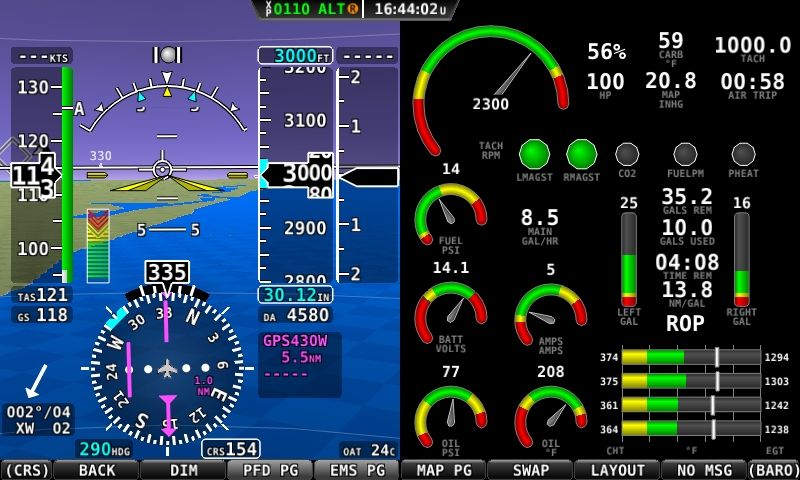K
KRviator
Guest
You'd be forgiven for thinking that there couldn't possibly be any correlation between the two, but you'd be wrong. For those who don't know, the PMag ignitions require ships power below approximately 800RPM, above that, an internal alternator supplies power to the ignition module, making them self-sufficient above your typical flight-idle speeds.
Toying with a couple of spare inputs to my EMS-220, I hooked them up to the terminal screw of both Pmags to monitor and datalog the supply of power, or lack thereof, to the ignitions, and it has become apparent that you can actually monitor whether or not the internal alternator is working.
The benefits of this are several; you can prove at any stage it is working, you have datalogged proof in the event of an accident that the ignitions were both powered and selected 'on', but also using the functionality built into SkyView you can deselect ships power and have an immediate audible and visual warning of the failure of the internal alternator should it occur.
Here is an older screenshot showing the 4 dots in the bottom right. The "x IGN" is simply switched through one side of a DPDT switch, whose other side grounds the P-lead. The "x IGN P" is wired to the ships power input on the Pmag itself. It doesn't know or care where the voltage comes from, so if you deselect ships power after takeoff and have a failure, it'll alarm.

Toying with a couple of spare inputs to my EMS-220, I hooked them up to the terminal screw of both Pmags to monitor and datalog the supply of power, or lack thereof, to the ignitions, and it has become apparent that you can actually monitor whether or not the internal alternator is working.
The benefits of this are several; you can prove at any stage it is working, you have datalogged proof in the event of an accident that the ignitions were both powered and selected 'on', but also using the functionality built into SkyView you can deselect ships power and have an immediate audible and visual warning of the failure of the internal alternator should it occur.
Here is an older screenshot showing the 4 dots in the bottom right. The "x IGN" is simply switched through one side of a DPDT switch, whose other side grounds the P-lead. The "x IGN P" is wired to the ships power input on the Pmag itself. It doesn't know or care where the voltage comes from, so if you deselect ships power after takeoff and have a failure, it'll alarm.




